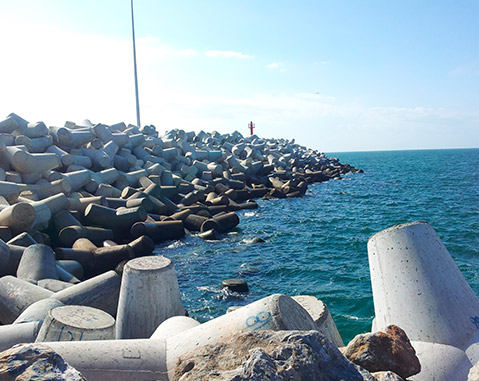- ACCIONA
- Projects
- Construction
- Port and Hydraulic Works
- Site C Clean Energy Project
Site C Clean Energy Project
Canada's largest infrastructure project
Site C will be a third dam and generating station on the Peace River in northeast B.C. The project will provide 1,100 megawatts of capacity and about 5,100 gigawatt hours of energy each year to the province’s integrated electricity system.
Site C is being built to help meet B.C.’s long-term electricity needs. It will provide 1,100 megawatts of capacity, and produce about 5,100 gigawatt hours of electricity each year — enough energy to power the equivalent of about 450,000 homes per year.
The Site C project received environmental approvals from the federal and provincial governments in October 2014. In December 2014, the project received approval from the provincial government to proceed to construction.
Main civil works is the largest single contract for construction on the Site C project. It includes:
- Construction of an earthfill dam.
- Two diversion tunnels.
- A concrete foundation for the generating station and spillways.
Construction of the project started in summer 2015 and will be completed in 2024.
Once built, Site C will be a source of clean, reliable and affordable electricity in B.C. for more than 100 years.
discover other flagship projects
Deep Lake Water Cooling System
Ontario (Canada)
The City of Toronto Deep Lake Water Cooling (DLWC) system is the world’s largest cooling solution of its kind. The system was built by ACCIONA Infrastructures to offer a sustainable, alternative source of air conditioning by using cold water from the depths of Lake Ontario to cool downtown Toronto office buildings.
Port of Salina Cruz
Salina Cruz, Oaxaca (Mexico)
Expansion of the navigation channel from a bottom depth of 80 m to 120 m, allowing access to larger vessels and the possibility of incorporating new commercial routes.



View ACCIONA Social Networks